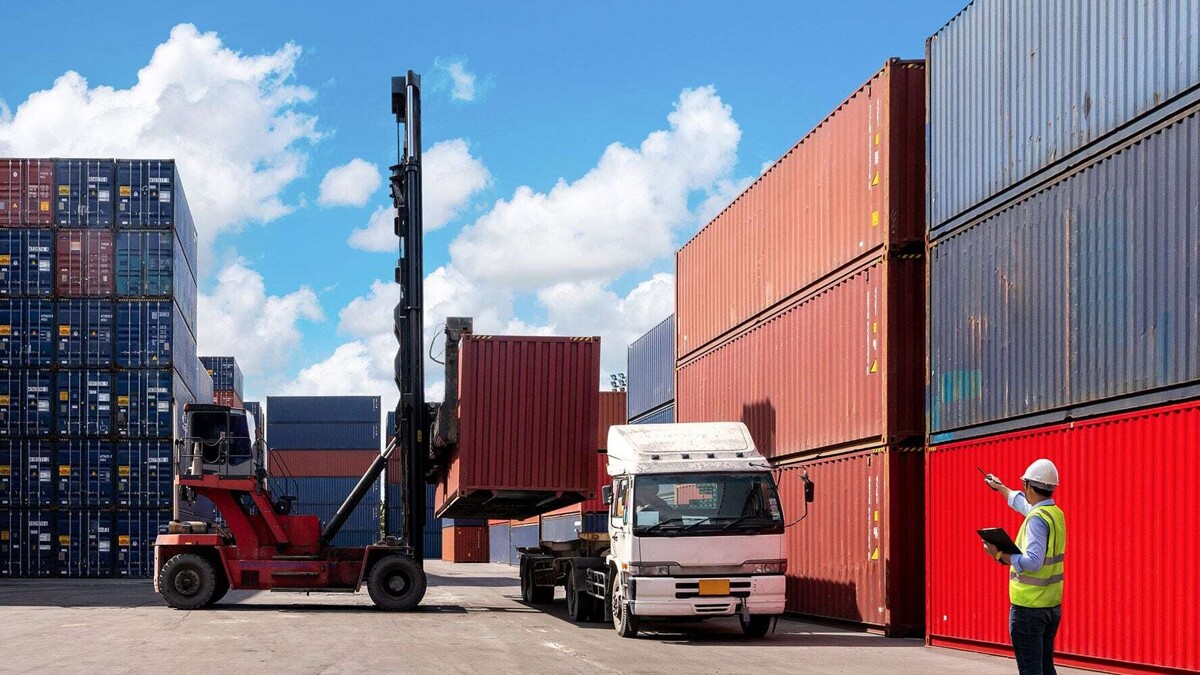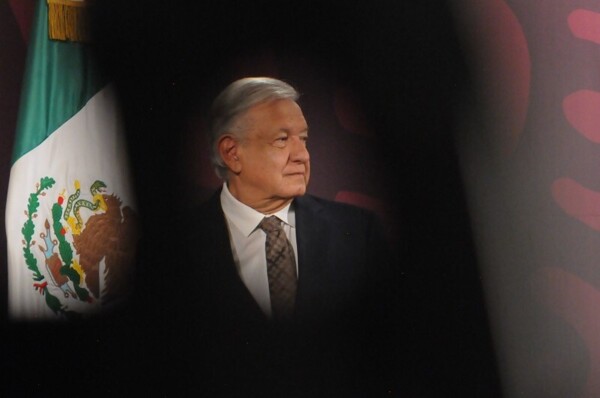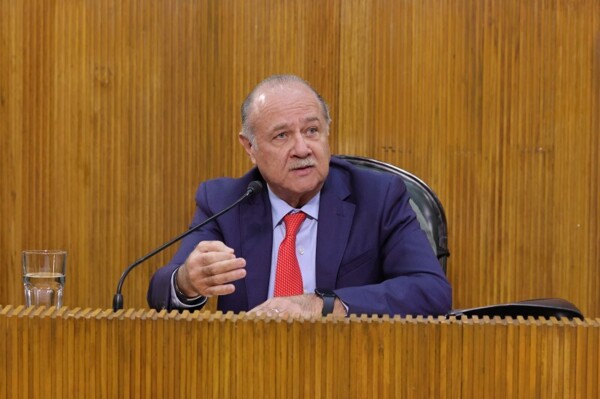
The Treaty between Mexico, the United States, and Canada (USMCA) contains a clause that allows any of the parties to notify their intention to withdraw with six months' notice. Both a new administration led by Harris and a possible re-election of Trump will seek to review with Mexico fundamental aspects of the treaty, such as energy and biotechnology policies, the strengthening of labor and environmental aspects, as well as the participation and investment of Chinese companies in Mexico. This last point is particularly relevant for the United States.
In the context of this review, Mexico faces a more protectionist U.S. government, influenced by competition with China. Despite this, the United States is likely to address current issues related to the treaty, seeking a mutually beneficial agreement. Mexico could take this opportunity to request the enforcement of a favorable decision on automotive rules of origin, in addition to proposing clearer and more objective rules in this regard, which poses a challenge for multinationals in Mexico.
To keep the treaty in force, it is crucial to recognize the complexity of the situation and prepare for a challenging scenario. On the other hand, internal reforms in Mexico, such as judicial reform and certain actions in the investment area, contribute to greater integration of interests between nations, which can facilitate the renewal of the treaty. Article 34.7 of the USMCA states that the three countries must confirm in writing their intention to continue with the agreement.
Marcelo Ebrard, Mexico's Secretary of Economy, has expressed the country's support for the United States in trade disputes with China, highlighting the importance of aligning Mexico’s interests with North America in this context. Lighthizer, who advocates for a distancing from China and the gradual imposition of tariffs to balance trade deficits, represents a challenge for both Mexico and the rest of the world. Ignoring these proposals could complicate the renewal of the USMCA.
The treaty was initially approved for a period of 16 years, until 2036, and its extension must be agreed upon before July 1 of that year. As the deadline approaches, the involved parties are evaluating possible adjustments and ongoing revisions to the agreement. If an agreement to renew the treaty is not reached, annual evaluations could be initiated to monitor its performance and make adjustments as necessary.
In summary, future negotiations and revisions of the USMCA require a strategic and collaborative approach among the involved countries. The current global political and trade scenario poses significant challenges, but also opportunities to strengthen trade relationships and find equitable solutions for all parties. It is essential to thoroughly understand the proposals and positions of each country in order to achieve a successful renewal of the treaty.














